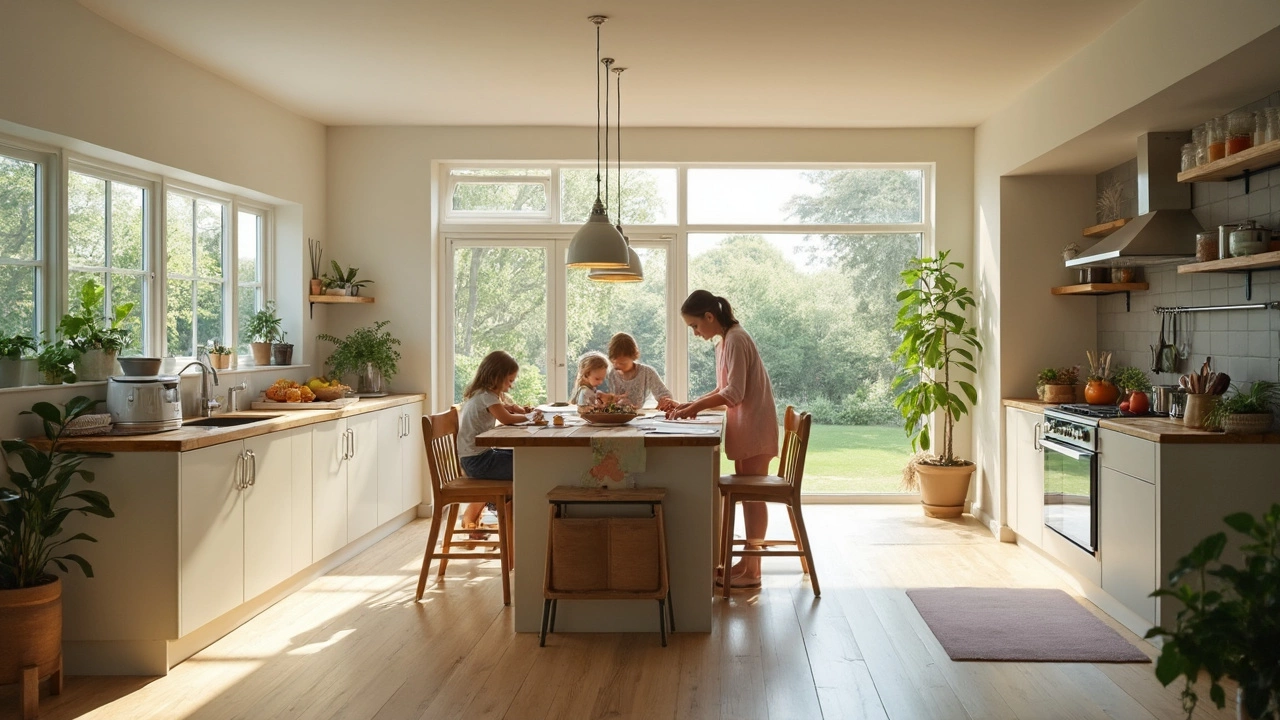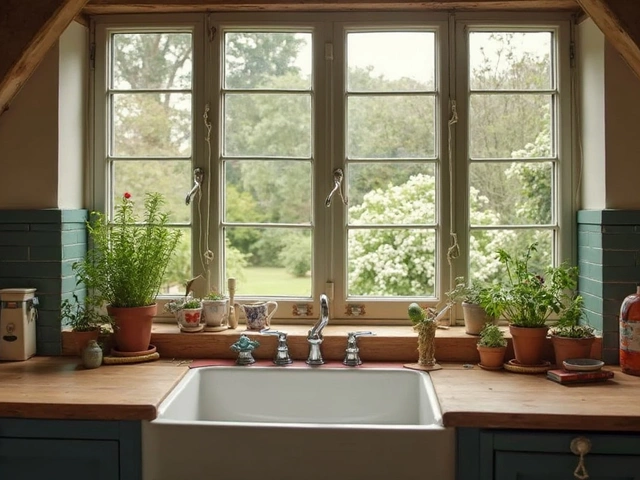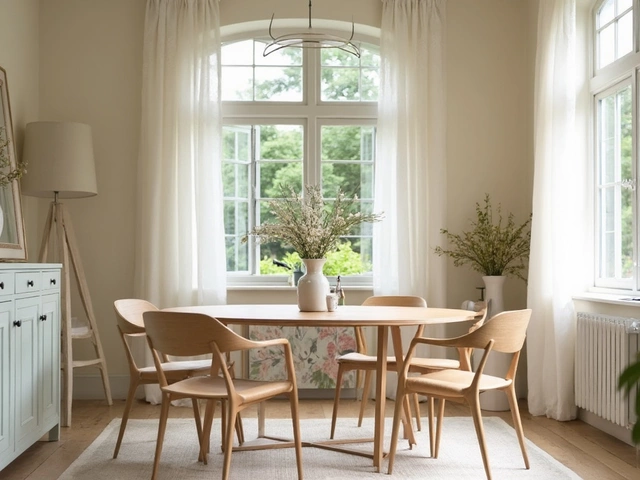Kitchen Triangle: Design Tips for a Functional Kitchen
Ever wonder why some kitchens feel smooth and others feel like an obstacle course? The secret is the kitchen triangle – the invisible line that connects your stove, sink, and fridge. When those three zones sit in the right spot, cooking becomes a breeze; move them around and you’ll be stepping over countertops all day.
What Is the Kitchen Triangle?
The kitchen triangle is a simple layout rule that dates back to the 1940s. It says the three most used work stations – the cooking zone (stove or hob), the cleaning zone (sink), and the storage zone (fridge) – should form a triangle. The idea is to keep the distance short enough for easy movement but long enough to avoid crowding.
Ideal Triangle Measurements
Rule number one: each leg of the triangle should be between 4 and 9 feet. Anything shorter forces you to cramp, anything longer makes you waste steps. Rule two: the total length of all three sides should fall between 13 and 26 feet. If your kitchen is tiny, you can still aim for a ‘mini‑triangle’ by keeping appliances close and using a sideboard or island for extra prep space.
Measure from the center of each appliance to the next. If you’re planning a remodel, sketch a quick floor plan and draw lines between the three points. Adjust cabinet or island placement until the numbers fit the 4‑9‑foot range.
Placing the Work Zones
Start with the sink – it’s the heart of the cleaning zone. Put the fridge on one side and the stove on the other, leaving at least a foot of countertop space on each side for prep work. If you love a big island, make sure it doesn’t block the line of sight between the three points; you’ll still want a clear path.
Keep high‑use items near the sink (cutting boards, dish soap) and cooking tools near the stove (spices, pot holders). This reduces trips back and forth and keeps the triangle functional.
Common Mistakes to Avoid
One big slip is tucking the fridge into a corner where the door swings into the work area. Another is placing the stove too close to the sink, which limits space for food prep. Also watch out for “traffic lanes” – think about where people will walk while you’re cooking, and keep those paths clear.
Tips for Small Kitchens
If your kitchen is under 70 square feet, a full triangle might not be possible. In that case, focus on the two most important points – usually the sink and stove – and keep the fridge within easy reach, even if it sits against a wall. Use a rolling cart or a narrow island to add prep space without breaking the flow.
Pull‑out pantry units, wall‑mounted shelves, and overhead cabinets can also create more storage without crowding the triangle.
Practical Steps to Get It Right
1. Sketch your floor plan on graph paper. Mark the stove, sink, and fridge. 2. Measure the distances and adjust cabinet or island placement. 3. Keep at least 42 inches of clear walkway between any two points. 4. Test the flow by walking the route – does it feel natural? 5. Make small tweaks until the triangle feels balanced.
When the kitchen triangle works, cooking feels effortless and you’ll spend less time bumping into things. Use these tips next time you redesign your kitchen, and enjoy a space that moves with you, not against you.






